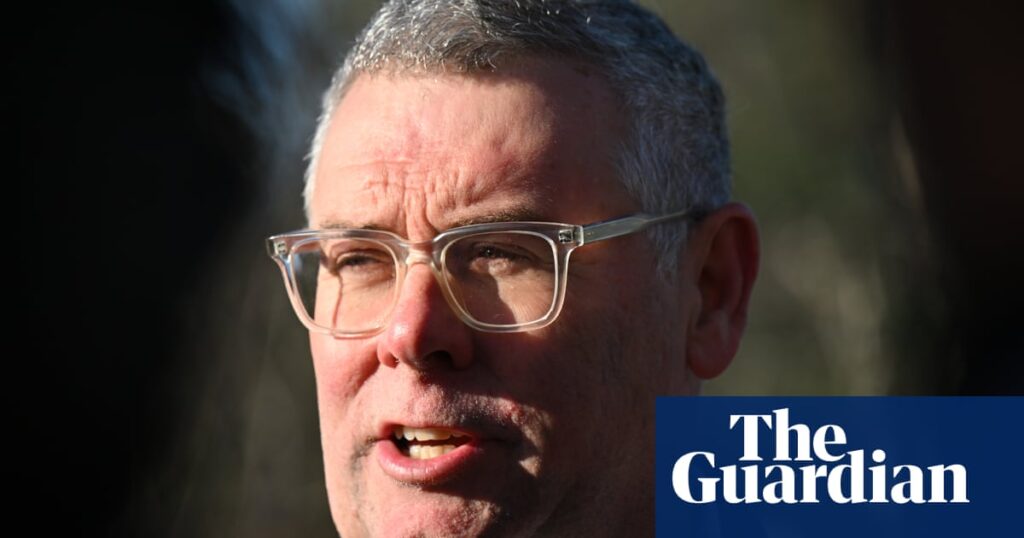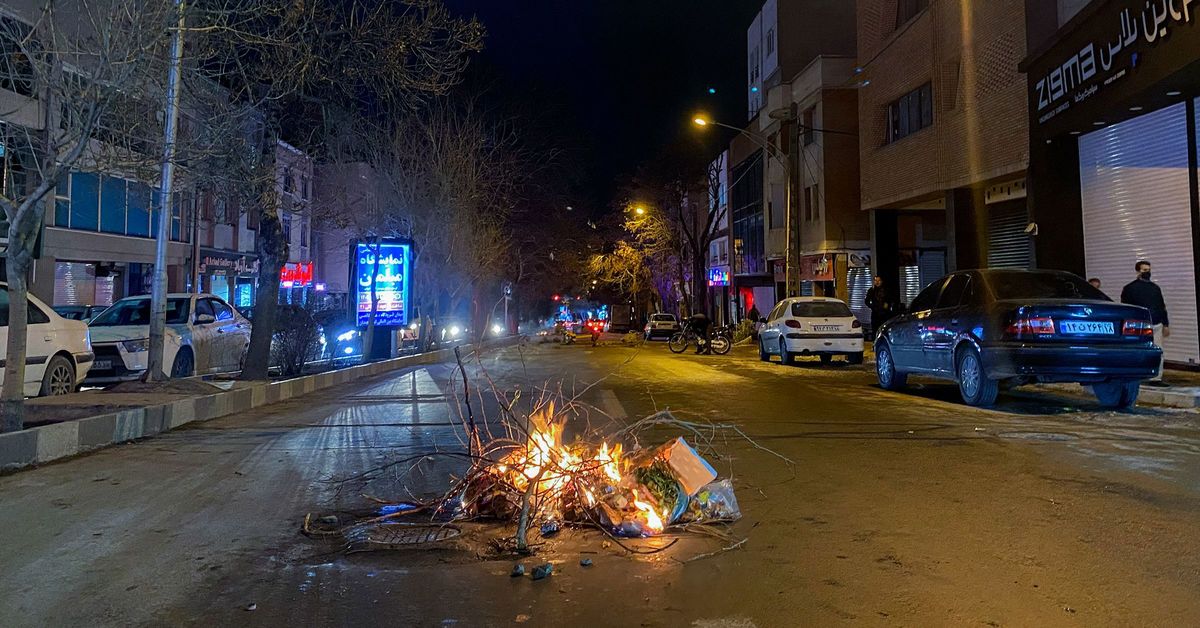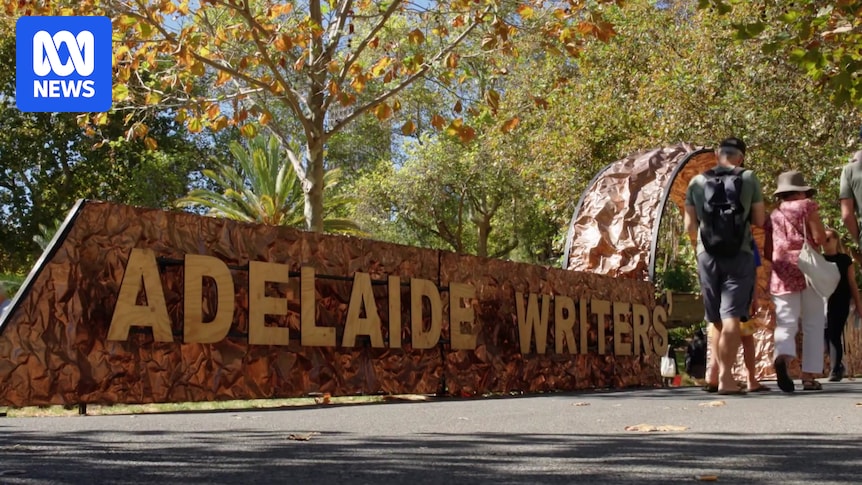
The Australian government has garnered support from at least eight of the 21-member World Heritage Committee as it strives to address concerns over industrial emissions affecting Indigenous rock art at Murujuga. This push aims to secure the Western Australia site’s inscription on the World Heritage list.
Federal Environment Minister Murray Watt has been in Paris since Wednesday, accompanied by a delegation from the Western Australia state government and the Murujuga Aboriginal Corporation, which spearheaded the nomination. The committee is expected to decide on the Murujuga Cultural Landscape’s inscription by Friday night or early Saturday, Australian time. Indigenous groups have advocated for this nomination for two decades.
UNESCO’s Concerns and Recommendations
The International Council on Monuments and Sites (ICOMOS), a UN advisory body, described Murujuga’s rock art as an “exceptional example of human artistic achievement” and an “extraordinary cultural landscape of global significance.” However, in May, ICOMOS recommended that the committee refer the nomination back to Australia due to concerns about the site’s vulnerability to industrial pollution.
Covering nearly 100,000 hectares in the Pilbara region, the site boasts over a million pieces of rock art, some dating back almost 50,000 years. ICOMOS urged Australia to eliminate “degrading acidic emissions” and halt further industrial development before the nomination could be approved. A draft decision reflecting these recommendations was presented to the committee.
Amendment and International Support
An amendment, introduced by committee member Kenya and co-sponsored by Senegal, Zambia, Rwanda, Ukraine, South Korea, Japan, and Qatar, sought to override much of ICOMOS’s advice and called for the immediate inscription of Murujuga. This amendment, subject to revision, rejection, or acceptance by the committee, mandates Australia to ensure regulations protect Murujuga’s petroglyphs from emissions impacts.
The Australian government contends that ICOMOS’s recommendations were based on “factual inaccuracies.” It has cited a state government-backed monitoring program, involving approximately 50 scientists, to assert that emissions pose no ongoing risk to the rock art. However, some scientists dispute these findings, arguing that the art remains at risk.
Industrial Impact and Local Concerns
Woodside’s Karratha gas plant, a primary source of air emissions at the site, emits nitrous oxides and sulfur dioxide, which some campaigners and scientists claim are eroding the rock art. Minister Watt has provisionally approved extending the gas plant’s life to 2070, though discussions with Woodside over emission-related conditions are ongoing.
The Save Our Songlines campaign, represented by former Murujuga Aboriginal Corporation chair Raelene Cooper, expressed concerns in Paris. Cooper, a Mardathoonera woman, criticized the amendment for potentially weakening ICOMOS’s advice, removing a proposed block on further industrial expansion, and failing to address harmful emissions.
“Despite repeated invitations, Murray Watt has never been to Murujuga. None of the ambassadors sponsoring the government’s amendment have ever been to Murujuga,” Cooper stated. “How dare they ignore the concerns about Burrup Hub industry of the traditional custodians of Murujuga. We have an unbroken connection to Murujuga.”
Government’s Position and Future Implications
A government spokesperson emphasized that while Australia seeks an amendment to inscribe Murujuga on the World Heritage List at the 47th World Heritage Committee session, any amendments will be finalized by committee members. The spokesperson highlighted that Murujuga is protected by a comprehensive suite of measures, including traditional practices and federal and state laws.
World Heritage listing would add an extra layer of protection under Australia’s Environment Protection and Biodiversity Conservation Act 1999, requiring consideration of World Heritage values and attributes in any future actions impacting these values.
The decision on Murujuga’s World Heritage status is awaited with anticipation, as it could set a precedent for balancing cultural preservation with industrial development. The outcome will likely influence future heritage nominations and environmental policies, particularly in regions where industrial activities intersect with cultural heritage sites.





